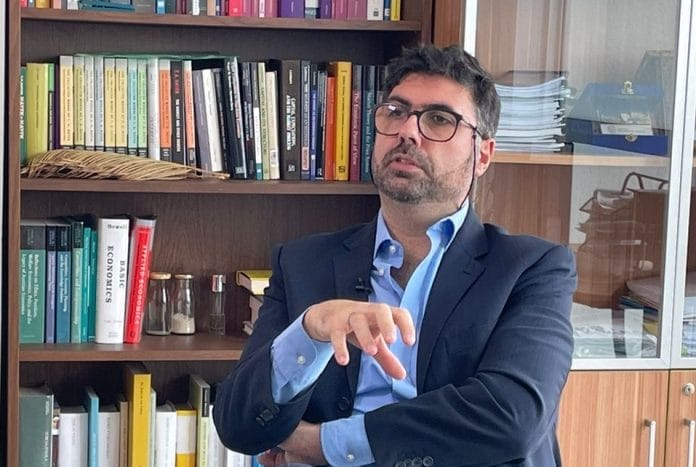Pay-As-You-Go pension plan, a retirement scheme that allows flexibility for contributors to plan retirement on their own accord, have been in implemented in many countries.
Among the countries who have such arrangement is Canada, via its Canada Pension Plan (CPP).
However, in Malaysia, it is less well-known, as the country has mandatory defined contribution (DC) Employee Provident Fund (EPF) for private and non-pensionable public sector employees, similar to Singapore’s Central Provident Fund (CPF) and 401 (K) system in the US.
Centre for Market Research chief executive officer Carmelo Ferlito told Business Today that PAYG pension plan, also called a “pre-funded pension plan”, is a retirement scheme, where a contributor can choose either regular contribution deducted from each paycheck or make a lump sum contribution to a retirement fund.
“With such a plan, the contributor decides how much to contribute to the fund and chooses how it is invested. Upon retiring, the contributor can have the fund balance paid in a lump sum, in monthly installments, or in a combination of the two,” he said.
Ferlito said there are two types of PAYG in pension: PAYG pension plans and PAYG pension systems.
“PAYG pension plans should not be confused with PAYG pension systems. The latter term refers to state pension systems that are funded by contributions from current workers.
“The underlying pay-as-you-go (PAYG or PAYGO) principle is applied in social insurance systems across the world,” he said.
PAYG pension system finance working population via taxation and or by the government issuing debt, such as the pension system for Malaysian civil servants.
Meanwhile, Asia School of Business practice professor of finance Joseph Cherian said that PAYG pension system might is unsustainable for Malaysia at the moment.
“Depending on how top-heavy (for examples countries with a lot of elderly individuals), it can be a costly proposition. it has been estimated that to provide a basic wage of RM2,700 per month for 70 per cent of retirees in Malaysia, as measured by income level, it would cost slightly more than RM40 billion annually,” he told Business Today.
A Mixed Pension System Is Better
Ferlito is in the view that it is wiser to have a mixed pension system for the country, whereby you have the monthly contribution (such as the current monthly EPF deductions) and lump sump payments.
“You can add on lump sump payments when you have the financial ability,” he added.
According to a report by Organisation for Economic Cooperation and Development (OECD) said public pensions remain the most important source of pension income for current workers for most OECD countries.
“Several countries have a fully PAYG public pension system, and these provide gross replacement rates (gross pension entitlement divided by gross pre-retirement earnings) of between 32% for Poland and 83% (Italy),” it said in the 2018 report.
Although PAYG could be a complementary pension system to the self-funded public and private pension, it is not recommended as the main pension system.
The OECD, which is made up of 38 developed countries, encourages countries to diversify the sources of retirement income and to strengthen the degree of funding in the overall pension mix through a combination of PAYG, defined contribution (DC) and self-funded public and private pension.
“Several countries have a fully PAYG public pension system, and these provide gross replacement rates (gross pension entitlement divided by gross pre-retirement earnings) of between 32% for Poland and 83% (Italy),” it said in the 2018 report.
Joseph, who is the author of “Track to the Future: Investment, Finance and Lessons for the New Economy” said besides EPF, private pension schemes are a great idea as a supplemental retirement schemes that are self-funded and managed by the private sector.
“The more successful ones don’t charge sales loads (also known as brokerage commissions), offer full tax benefits, and invest in well-diversified and cost-efficient products,” he added.
A Reform Pension System In Malaysia?
Ferlito said the best reform for the Malaysia’s pension system is to limit the contributions to the government plans.
“Let’s be honest, most government managed pension systems are suffering all around the world. The best reform would be to limit contributions to government plans and to leave more resources to individuals for private pension funds,” he said.
Carmelo said it would be better to allow people to choose to pay private pension, if they do not pay the government one.
“A mostly private system will be sustainable, if people are allowed to avoid paying EPF in case they pay for private funds,” he said.










